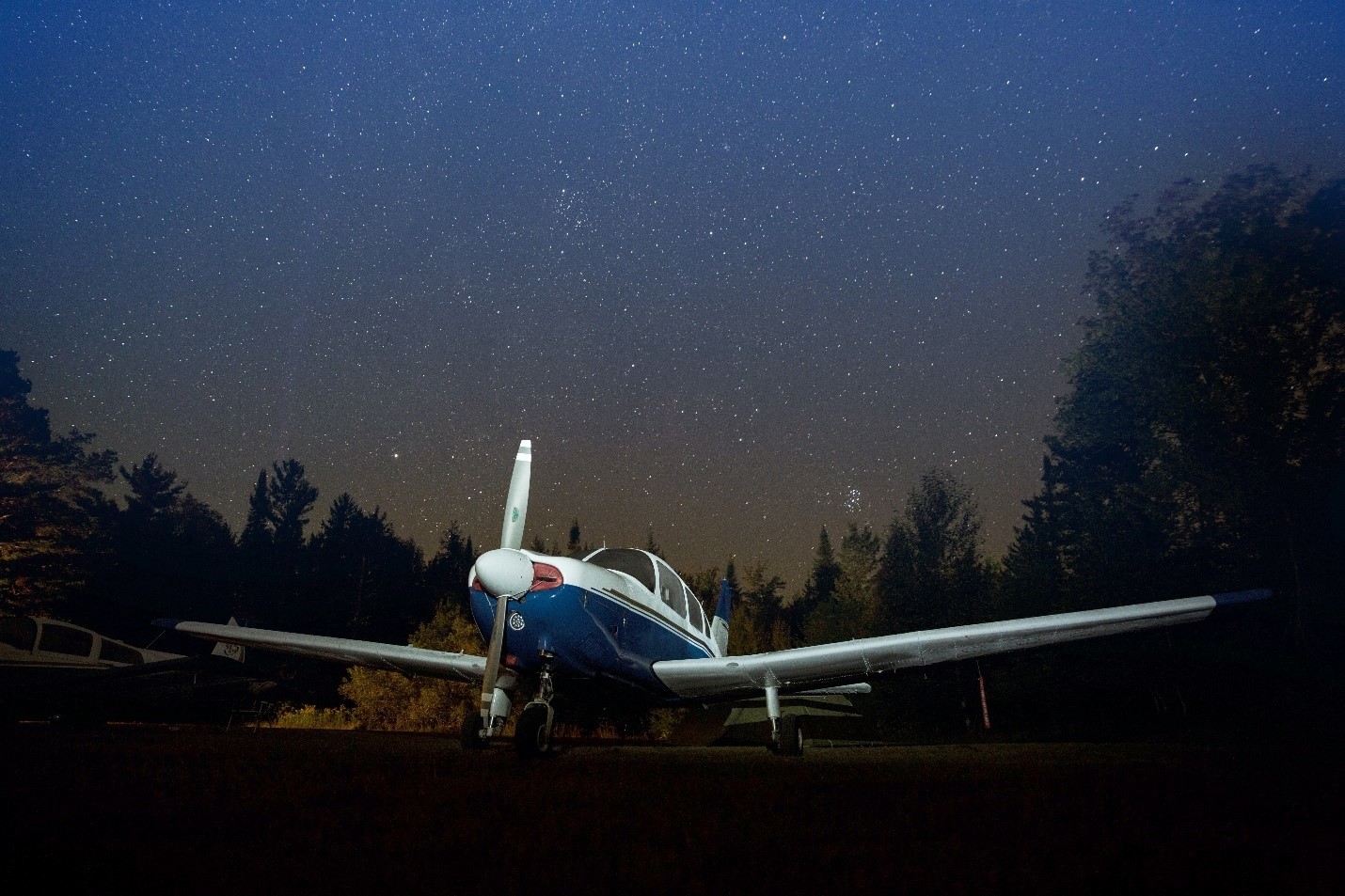Night Flying Accident Analysis Report 2017 – 2021

Flying at night can be peaceful and beautiful. It’s a great way to use our pilot privileges and enjoy watching the stars and moon brilliantly shining in the sky and twinkling town lights dotting the landscape below us. But invisible hazards overlie the landscape ahead as the engine’s steady hum lures us into a calm, relaxing state.
With fewer aircraft operating at night and some airports closed, flight risk should be minimal but in fact it’s not. One of the many challenges of night flying is the night itself when an emergency not prepared for can quickly turn disastrous.
Lacking visible light inhibits all that we do from preflight to navigation. Gone are distinct visual landmarks without light to contrast the night sky. At night, our eyes perform worse and our method to scan the sky changes to adapt to our deteriorated vision.
VFR pilots and IFR pilots flying in visual conditions rely on a horizon for safety of flight—the most basic of skills taught to all pilots. But that horizon is different at night and harder to discern. On moonless or overcast nights, the darkness that shrouds our airplane can rob us of our ability to determine the airplane’s orientation resulting in a challenging flight. For example, more than one-quarter of fatal night flying accidents occurred because of spatial disorientation, a powerful, incapacitating physical condition that can bring about loss of control in flight (LOC-I)—the leading cause of all night flying accidents.
With the privilege to fly at night comes a need to step up our vigilance and avoid common dangers encountered during night operations. Although we are exposed to night flying as student pilots, once we receive our pilot certificate we may not fly that often during the night. This means our skills are not as sharp as they should be. But continued routine training in night operations and seeking proficiency—not just currency—should help prevent these accidents.
This report addresses the pitfalls of night flight operations, deciphers night flying accidents, and provides a detailed analysis of accident causes and findings. It concludes with training and accident prevention recommendations for reducing night flying accidents.
Next: Executive Summary